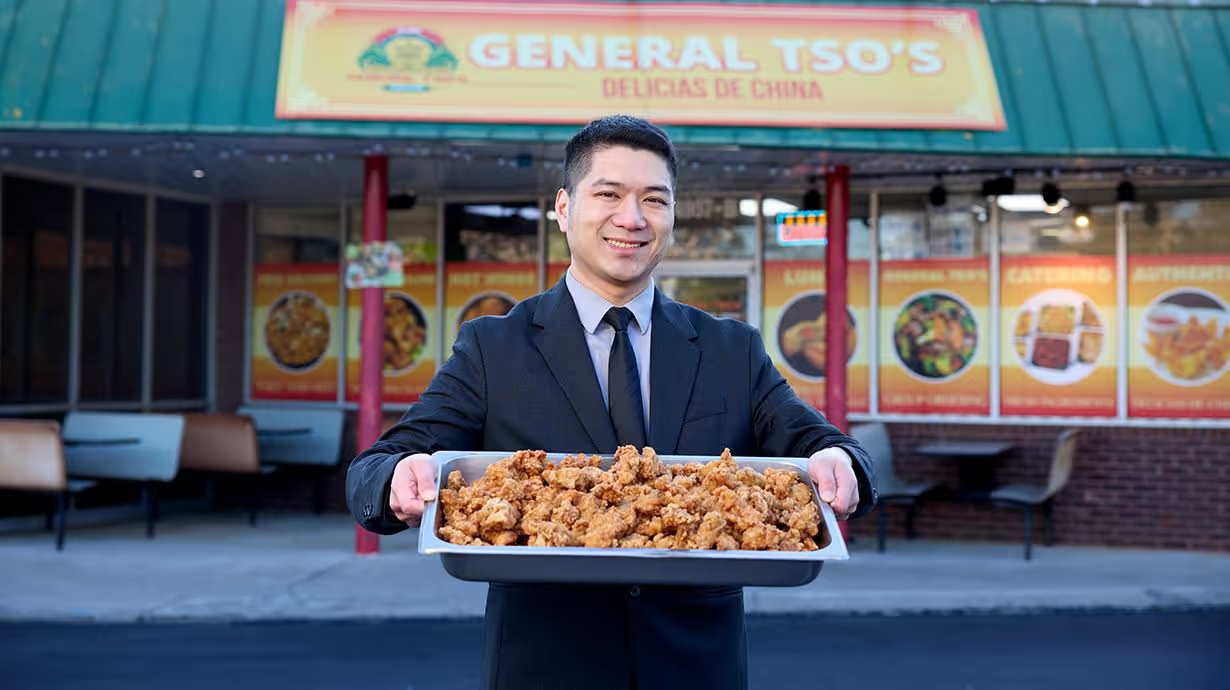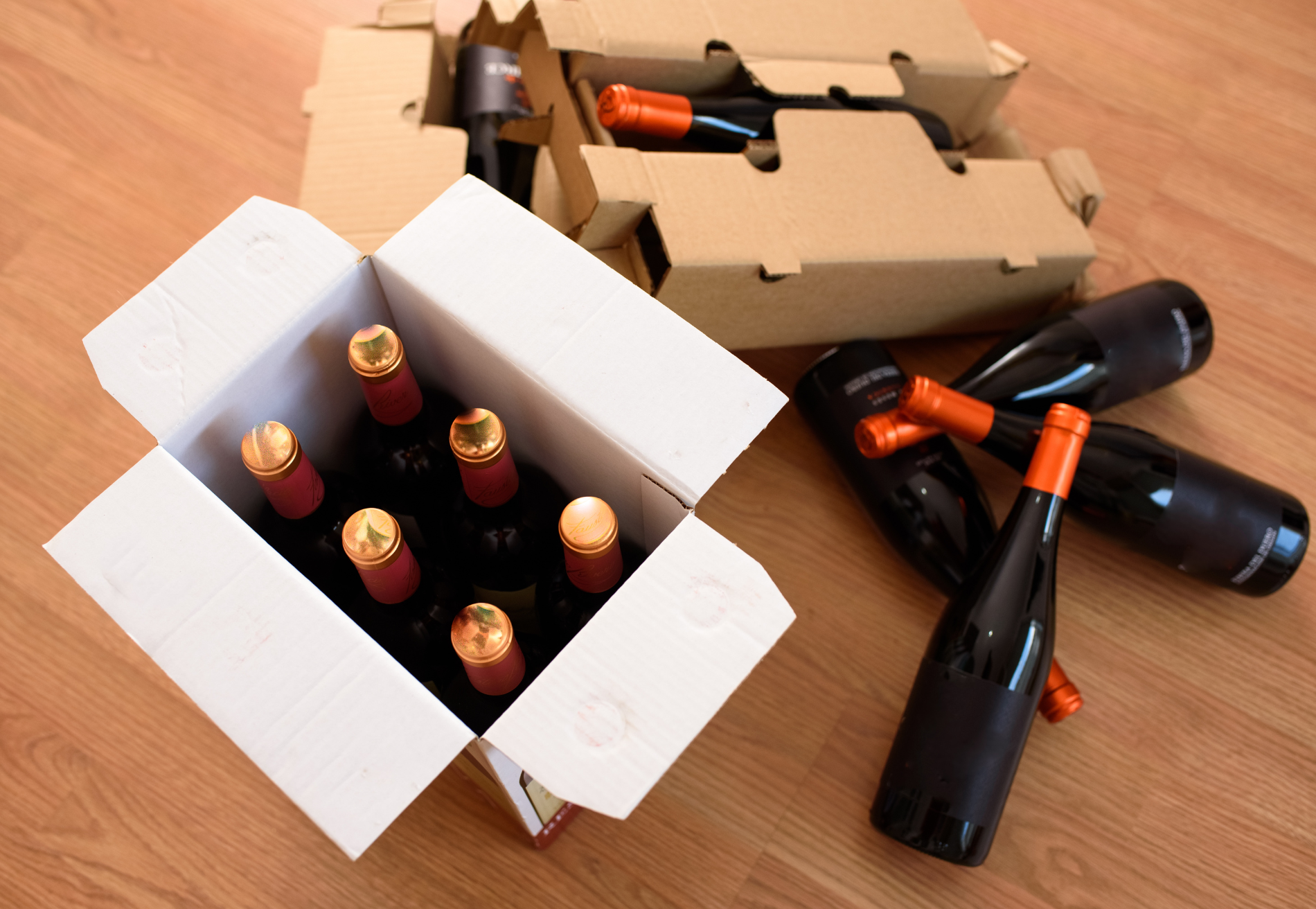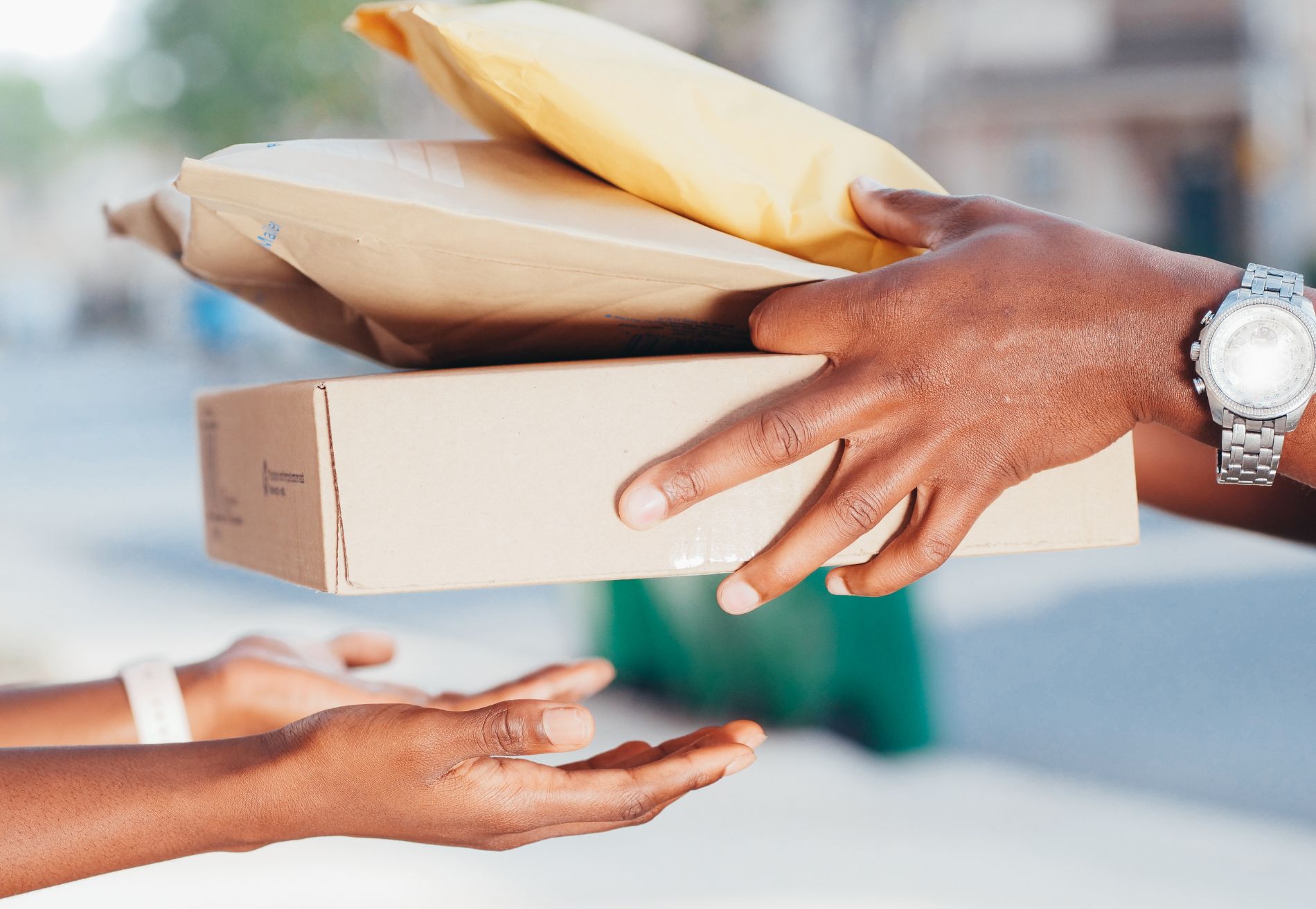Last Mile Delivery: Meaning, Costs, Challenges, and Optimization
.png)
In restaurant management, the last mile of the delivery journey is a key player in ensuring customer satisfaction. In that last mile, goods are transported from a transportation hub to the customer's personal residence or designated delivery location, and It's critical restaurants get it right.
This article delves into the meaning of last-mile delivery, explores the costs involved, uncovers the challenges faced, and discusses some of the trending strategies for food delivery optimization. Additionally, we'll introduce you to Shipday and its role in enhancing last-mile delivery efficiency.
Definition of last-mile delivery
Last-mile delivery is the final leg of the delivery process, where meals travel from your restaurant's kitchen to your customers' doorsteps. It's the critical phase where timeliness, quality, and customer satisfaction matter most.
The importance of last-mile delivery
The Importance of last-mile delivery cannot be overstated for restaurant owners and managers. It's the final, critical link in the delivery chain, directly impacting customer satisfaction and your bottom line.
In the restaurant business, customers expect timely, accurate, and fast deliveries that meet their expectations. This is where last-mile logistics, technology solutions, delivery personnel, and efficient route planning come into play, ensuring that customers receive their orders in a timely manner.
By optimizing the last mile, you can not only meet customer demands but also reduce operational costs and enhance the overall experience for your patrons.
Benefits to consumers
In the last-mile delivery landscape, several critical entities contribute to meeting the increasing demands of modern consumers:
1. Faster delivery times: Customers expect swift deliveries, and the last mile is where this speed is achieved.
2. Efficient routes: Optimal delivery routes reduce delays, making it possible to reach customers promptly.
3. Timely delivery: Meeting delivery time windows is crucial to ensure customer satisfaction.
4. Delivery experience: It's the final leg of the delivery journey, and a positive last-mile experience leaves a lasting impression on customers.
Types of last-mile delivery solutions
Delivery is a diverse, ever-changing field with a number of new solutions entering the market on a continuous basis. Some of the diverse approaches that might be more important for restaurants include:
- Scheduled delivery services: Allow customers to choose a specific date and time for delivery.
- Express delivery services: Offer faster delivery than standard services, often within a few hours of order placement.
- Click and collect services: Allow customers to order online and pick up items in-store or at a designated pickup location.
- Crowdsourced delivery services: Utilize a network of local couriers who use their own vehicles to deliver packages on a flexible schedule.
- Subscription delivery services: Provide regular deliveries of goods on a subscription basis, often at lower costs.
These entities underscore the importance of last-mile delivery and its pivotal role in the customer experience, ensuring customer satisfaction and driving consumer loyalty.
Factors Impacting Cost and Complexity of Last Mile Deliveries
Optimizing the last mile in the restaurant business involves addressing several factors and challenges:
- High delivery costs: Delivery costs can significantly impact a restaurant's profitability. Finding cost-effective ways to manage the last mile is crucial.
- Inefficient processes: Inefficiencies in the delivery process, such as poorly optimized routes or delays, can lead to increased operational costs.
- Traffic congestion and road infrastructure issues: Traffic congestion, especially in urban areas, and road infrastructure problems can cause delays in delivering orders, affecting the overall customer experience.
- Staffing shortages and resource allocation issues: Maintaining a well-managed delivery team and efficiently allocating resources are critical for ensuring a smooth last-mile operation.
- Inconsistent customer expectations and preferences: Meeting the diverse preferences of customers, ranging from specific delivery windows to personalized requests, can be a significant challenge for restaurant delivery services.
Leveraging technological innovations in the industry
Innovations such as route optimization and tracking software can streamline last-mile delivery, enhancing efficiency and cost-effectiveness. The future of last-mile delivery is bright and technology-driven. Embracing innovative solutions is vital to stay competitive and provide excellent customer experiences.
Shipday
Shipday is a technology solution that can revolutionize your restaurant's last-mile delivery strategy. It offers real-time order tracking, route optimization, and improved delivery operations. By using Shipday, you can reduce delivery times, enhance customer experiences, and drive customer loyalty.
Conclusion
In summary, last-mile delivery is the ultimate touchpoint between your restaurant and the customer. Understanding its meaning, tackling challenges, and optimizing the process are essential for restaurant owners and managers. Shipday can be your ally in ensuring efficient, timely, and cost-effective last-mile deliveries, resulting in happy customers and business success.
Explore the future of last-mile delivery with Shipday and see your restaurant soar in customer satisfaction and loyalty.
Index
Ready to get started?
Play around with it first, add your team, pay later.








.avif)






%201.svg)
